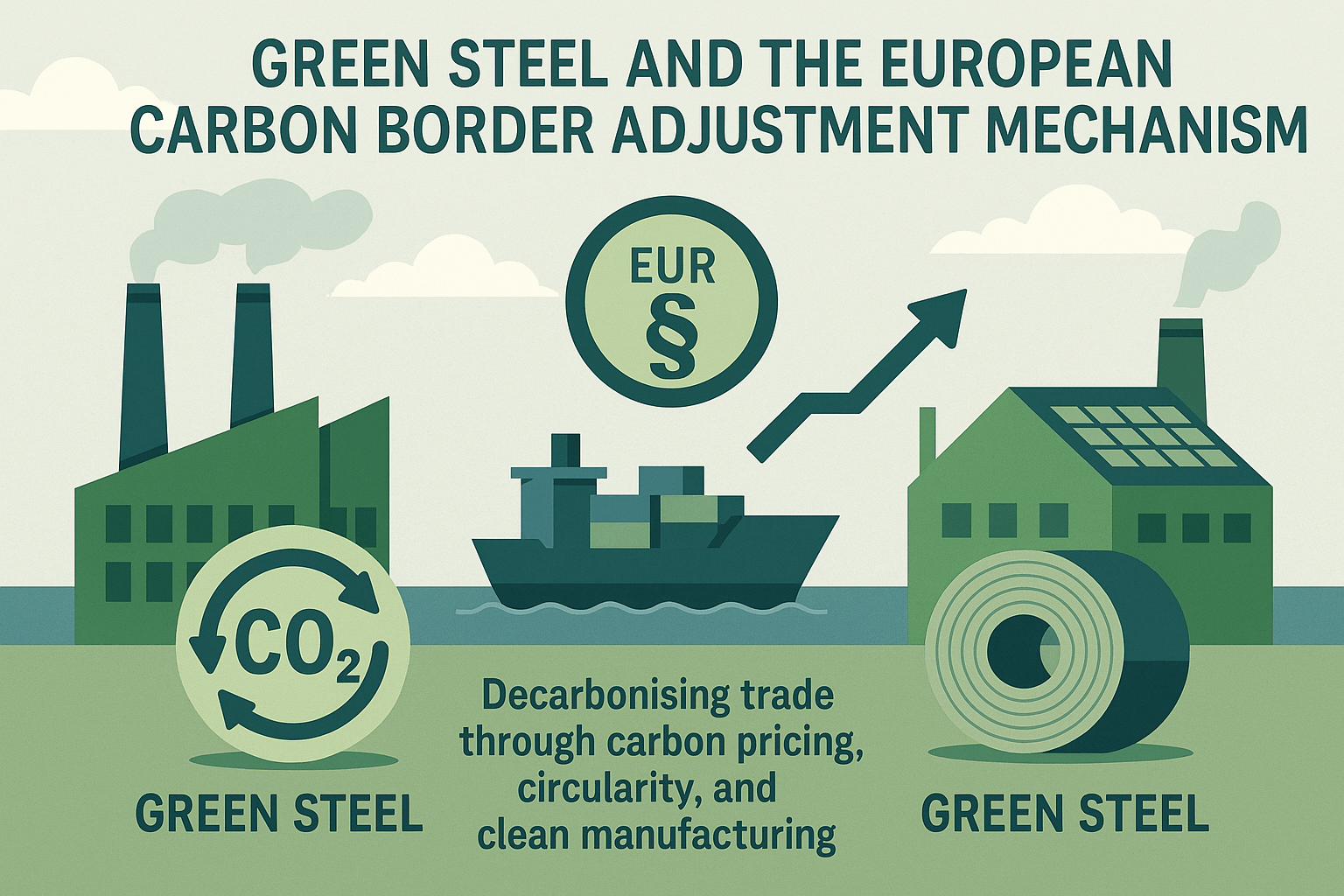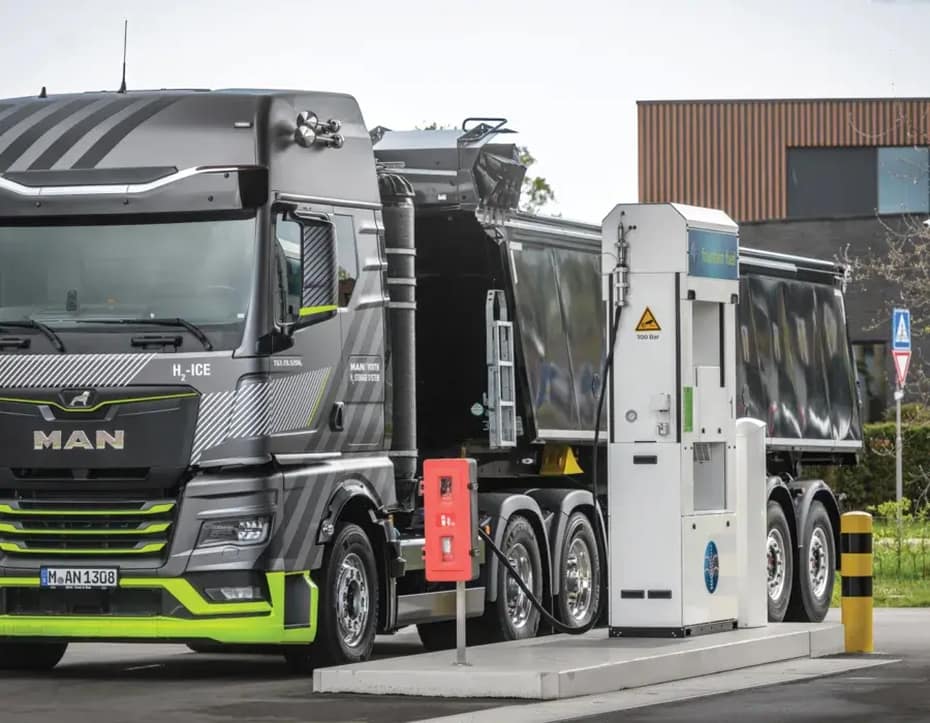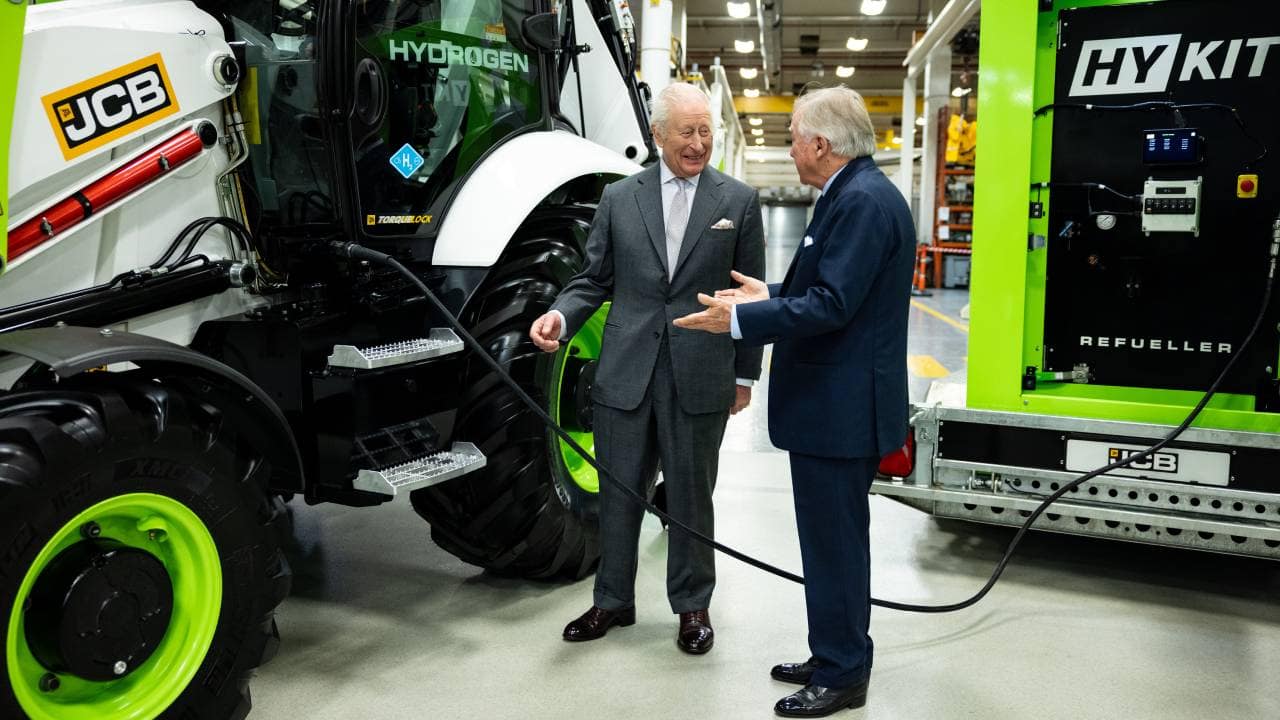Focus keyword: green steel and CBAM — this field note explains how EU border carbon pricing changes landed costs for steel, how to calculate embedded emissions (BF–BOF vs EAF), what EU default values mean in practice, and where hydrogen-based DRI/HBI fits.

The convergence of green steel production and the European Carbon Border Adjustment Mechanism represents one of the most profound transformations in international trade since the establishment of the World Trade Organization. As carbon pricing evolves from an environmental consideration to a fundamental commercial reality, the steel industry finds itself at the epicenter of a revolution that will reshape global supply chains for decades to come.
Understanding CBAM’s Revolutionary Impact
The European Union’s Carbon Border Adjustment Mechanism (CBAM) fundamentally alters the economics of international steel trade by creating the world’s first comprehensive carbon border tax. Unlike previous environmental policies that operated at the margins of commercial decision-making, CBAM places embedded CO₂ emissions directly into profit and loss calculations across entire supply chain
The EU’s CBAM extends the EU ETS carbon price to imports of iron and steel. In the transitional phase (Q4-2023–2025) importers file quarterly embedded-emissions reports. From 1 January 2026, importers must buy CBAM certificates equal to verified embedded CO₂ × the weekly EU ETS price. If verified data aren’t available, Commission default values apply.
Beginning with its transitional reporting period in 2023, CBAM requires importers of carbon-intensive goods to track and report the embedded emissions in their products. When full financial implementation begins in 2026, these same importers must purchase CBAM certificates equivalent to the EU Emissions Trading System carbon price for every tonne of CO₂ embedded in their steel imports. This mechanism effectively extends EU carbon pricing to global steel producers, creating a level playing field that prevents carbon leakage while maintaining European industrial competitiveness.
The financial implications are substantial. At current EU ETS prices approaching €90-100 per tonne of CO₂, traditional blast furnace steel production faces CBAM liabilities ranging from €145 to €230 per tonne of steel. These cost increases represent a fundamental shift in competitive dynamics, particularly benefiting producers who can demonstrate verifiably low carbon intensities through robust measurement, reporting, and verification systems.
The European Steel Transformation Story
European steel production is undergoing its most significant transformation since the Industrial Revolution. The continent’s steelmakers are accelerating their transition from coal-dependent blast furnaces to electric arc furnaces, driven by both regulatory pressure and emerging market opportunities for certified low-carbon steel. This transition, however, creates a new challenge: Europe’s structural deficit in high-quality scrap metal needed to feed electric arc furnaces.
As Swedish steelmaker SSAB demonstrated through its delivery of over 50,000 tonnes of fossil-free steel in 2023, there is growing market demand for certified green steel products across both European and American markets. The company’s SSAB Zero brand represents steel produced without any Scope 1 or Scope 2 emissions, commanding premiums that reflect its verified environmental credentials. This success story illustrates how early movers in green steel certification are establishing competitive advantages that extend far beyond regulatory compliance.
The scrap shortage driving European demand for alternative metallics has elevated Direct Reduced Iron and Hot Briquetted Iron to strategic importance. These products offer consistent chemistry for electric arc furnaces while providing verifiable low carbon footprints essential for CBAM compliance and corporate Scope 3 emission reduction targets. The most advanced DRI production utilizes green hydrogen as a reducing agent, creating iron while emitting only water vapor rather than CO₂.
Green Hydrogen: The Foundation of Steel Decarbonization
The economics of green steel fundamentally depend on access to affordable green hydrogen, which dominates operational costs for hydrogen-based DRI production. Current green hydrogen production costs range from $3.50 to $6.00 per kilogram, but industry projections suggest costs could fall to $2.00-2.50 per kilogram by 2030 in favorable markets. The critical threshold for hydrogen-based steel competitiveness appears to be approximately $1.63-1.70 per kilogram, achievable only in regions with exceptional renewable energy resources.
This cost structure is driving the emergence of new global trade patterns, with regions blessed with abundant solar and wind resources positioning themselves as future exporters of green hydrogen and hydrogen-based steel products. North Africa’s solar potential, Australia’s wind resources, and the Nordic countries’ hydroelectric advantages are creating new supply chain configurations that decouple renewable energy production from steel consumption centers.
Real-World Implementation Challenges
The transition to CBAM-compliant steel supply chains is proving more complex than initial policy frameworks anticipated. Steel importers report ongoing confusion about compliance requirements, supply chain impacts, and business planning implications one year into CBAM’s transitional phase. Many participants describe the mechanism as putting “a wrench in their plans,” with concerns about emissions reporting accuracy, administrative burden, and competitive fairness remaining unresolved.
European steel industry associations have identified critical gaps in CBAM’s implementation framework that threaten its environmental effectiveness. The absence of definitive emission benchmarks until early 2026 creates uncertainty for long-term investment planning, while unclear scope definitions for downstream products may create loopholes allowing circumvention of CBAM charges through supply chain restructuring.
Perhaps most concerning is the risk of “resource shuffling,” where companies adjust their supply chains to direct high-carbon steel to non-EU markets while reserving lower-carbon products for European customers. Without complementary policies addressing steel-intensive downstream products, CBAM may inadvertently create market distortions rather than genuine emission reductions.
Innovation in Practice: Success Stories
Despite implementation challenges, innovative companies are demonstrating the commercial viability of green steel production. ArcelorMittal’s pioneering Carbalyst project at its Belgian facilities captures CO₂-rich gases from blast furnaces and transforms them into ethanol through microbial fermentation. This technology, developed in partnership with LanzaTech, represents a practical approach to reducing emissions from existing steel production infrastructure while creating valuable co-products.
German steelmaker Salzgitter provides another compelling transformation narrative through its SALCOS program, which plans to replace conventional blast furnaces with hydrogen-powered direct reduction plants and electric arc furnaces by 2033. The company has accelerated its timeline by more than a decade due to strong customer demand for green steel, securing long-term power purchase agreements for renewable electricity and contracting suppliers for green hydrogen production equipment.
Salzgitter’s experience illustrates how customer commitment drives investment decisions in green steel. Volkswagen Group and other major manufacturers have signed contracts to purchase low-emission steel beginning in 2026, providing the demand certainty necessary to justify substantial capital investments in new production technologies. This customer-pull dynamic is creating virtuous cycles where buyer commitment enables supplier investment, which in turn expands certified green steel availability.
Global Competitive Realignment
CBAM’s implementation is triggering strategic responses across global steel markets as producers adapt to new competitive realities. Countries with higher carbon intensities in steel production face particular challenges, with modeling suggesting that Chinese and Indian producers could face cost increases of approximately 50 percent by 2034 when CBAM fees reach full implementation. In contrast, EU-based producers expect more modest cost increases of around 12 percent as free allocation phase-outs occur.
This differential impact is creating opportunities for countries with lower-carbon steel production capabilities. Turkey’s electric arc furnace-heavy production base provides competitive advantages, while regions with access to abundant renewable energy are positioning themselves as future green steel exporters. The development of certified production capabilities is becoming a strategic imperative for maintaining access to lucrative European markets.
The Path Forward: Integration and Scale
The convergence of CBAM implementation and green steel technology deployment is creating a new industrial paradigm where carbon intensity becomes as important as traditional quality and cost metrics. Success in this environment requires integration across multiple dimensions: access to low-cost renewable energy, deployment of advanced measurement and verification systems, development of digital product passports for supply chain transparency, and innovative financing structures that support long-term investments in clean production technologies.
Market research suggests the global green steel market could reach anywhere from $129.1 billion to over $1.3 trillion by 2030-2035, depending on definitional scope and technological deployment rates. These projections, while varying significantly in scale, consistently point to explosive growth as CBAM requirements, corporate sustainability commitments, and technological improvements converge to create sustained demand for certified low-carbon steel products.
The European Union’s investment of €15.1 billion in steel decarbonization grants, complemented by additional loan facilities, demonstrates the scale of public support required to enable this transformation. However, industry analysis suggests that 90 percent of supported projects target DRI-EAF production routes, indicating convergence around hydrogen-based direct reduction as the primary pathway for deep decarbonization.
Towards a Carbon-Conscious Steel Economy
The transformation of global steel markets through CBAM and green steel technologies represents more than regulatory compliance or technological advancement. It embodies a fundamental shift toward carbon-conscious commerce where emissions transparency becomes as essential as financial transparency in business transactions.
This evolution is creating new forms of competitive advantage based on verifiable environmental performance rather than traditional cost arbitrage. Companies that establish certified low-carbon production capabilities while developing robust measurement and verification systems are positioning themselves to capture premiums in an increasingly carbon-conscious marketplace. Those that delay this transition risk finding themselves at a permanent disadvantage as carbon pricing mechanisms expand globally and green steel demand outpaces supply.
The success of this transformation ultimately depends on alignment between policy frameworks, technological capabilities, and market demands. As CBAM implementation proceeds and green steel technologies mature, the steel industry’s decarbonization journey is evolving from voluntary commitment to commercial imperative, reshaping international trade patterns and industrial strategy for generations to come.
Green steel and CBAM: how to calculate embedded emissions
BF–BOF (Basic Oxygen Furnace) route
Total Emissions (tCO2e per tonne steel) = (Iron Ore × 0.50) + (Coking Coal × 3.02) + (Limestone × 0.44) + (Process Emissions × 1.00) + (Electricity (MWh/t) × Grid Factor (tCO2/MWh))
Worked example:
Iron Ore 1.60 t × 0.50 = 0.80 Coking Coal 0.35 t × 3.02 = 1.06 Limestone 0.07 t × 0.44 = 0.03 Process Emissions 0.30 t × 1.00 = 0.30 Electricity 0.40 MWh × 0.30 = 0.12 --------------------------------------- Total ≈ 2.31 tCO2e per t steel
EAF (Electric Arc Furnace) route
Total Emissions (tCO2e per tonne steel) = (Scrap × 0.08) + (Carbon Electrodes × 3.00) + (Electricity × Grid Factor) + (Lime × 0.44)
Worked example:
Scrap 1.00 t × 0.08 = 0.08 Carbon Electrodes 0.01 t × 3.00 = 0.03 Lime 0.02 t × 0.44 = 0.01 Electricity 0.45 MWh × 0.05 = 0.02 --------------------------------------- Total ≈ 0.14 tCO2e per t steel
CBAM cost illustration: at EU ETS €95/tCO₂ → BOF (2.31 t) ≈ €219/t; EAF (0.14 t) ≈ €13/t, before any recognised foreign carbon price credit.
Default emission values under CBAM (transitional)
When verified data are unavailable, the Commission’s transitional defaults apply. Key examples:
| Product Category | Direct (tCO₂e/t) | Indirect | Total |
|---|---|---|---|
| Pig Iron | 1.90 | 0.17 | 2.07 |
| DRI | 4.81 | 0.00 | 4.81 |
| Sintered Ore | 0.31 | 0.05 | 0.36 |
| Ferro-manganese | 1.44 | 2.08 | 3.51 |
| Ferro-chromium | 2.08 | 3.38 | 5.45 |
Mass Balance for green steel and CBAM compliance
The CBAM mass balance approach (Regulation (EU) 2023/1773) lets integrated plants account for process emissions where carbon undergoes chemical transformation. Classic reduction in the blast furnace:
Fe₂O₃ + 3CO → 2Fe + 3CO₂
Downstream rolling, machining and fabrication typically add zero process emissions (unless further chemical changes occur). Electricity use still adds indirect emissions via the grid factor.
Hydrogen DRI/HBI: linking renewables to low-carbon EAF
Hydrogen and power dominate OPEX in H₂-DRI/EAF. Today’s green hydrogen in many markets is ~$3.5–$6/kg; credible paths to ~$2–$2.5/kg by 2030 require low-cost renewables, high electrolyser utilisation and falling CAPEX (Hydrogen Europe & Clean Hydrogen JU; Clean Hydrogen Observatory). Studies converge on a competitiveness threshold around $1.63–$1.70/kg for H₂-DRI under typical assumptions (RSC E&ES 2023).
Regions with exceptional renewables (Nordics, MENA, Australia, Chile) can export certified DRI/HBI to EU EAFs, lowering embedded emissions—and thus CBAM costs—without overloading European grids.
CBAM cost formula for green steel and CBAM scenarios
CBAM Cost (€/t steel) = [Total Emissions (tCO2e/t) × ETS Price (€/tCO2)] − Recognised Foreign Carbon Price (€/tCO2)
Example: 0.35 tCO₂e/t × €95 = €33/t (before recognised foreign carbon price credit).
Procurement playbook (green steel and CBAM-ready)
- Blend high-grade scrap with certified DRI/HBI to stabilise chemistry and cut embedded emissions.
- Contract renewable PPAs for EAF power to minimise indirect emissions.
- Require ISO 14040/44 & 14067 LCAs with independent verification.
- Include explicit CBAM pass-through clauses and verified MRV datasets.
- Adopt digital product passports for audit and traceability.
Related on this site: Hydrogen Storage Technologies · Hydrogen Vehicles in Europe
Further reading
- European Commission – CBAM overview
- CBAM Guidance (PDF)
- IEA Iron & Steel Technology Roadmap
- Carbon Trust – What CBAM means for steel
- EUROMETAL – Industry feedback
- Hydrogen Europe & Clean Hydrogen JU (2024)
- Clean Hydrogen Observatory – LCOH Manual (2025)
- RSC Energy & Environmental Science (2023): H₂-DRI costs



Pingback: Zero Emission HGVs. The startup wave broke but the freight kept moving
Pingback: Understanding Methane Impact on Climate Change | Tim Harper
Pingback: Electric HGV Operational Challenges: 7 Critical Factors Fleet Managers Must Overcome
Pingback: Green Hydrogen & SAF Economics: PtL Costs, UK/EU Mandates, and 2040 Outlook
Pingback: AI Sensor Technology: How Smart Sensors Power the Real-World Future of Artificial Intelligence